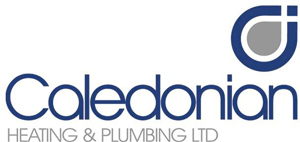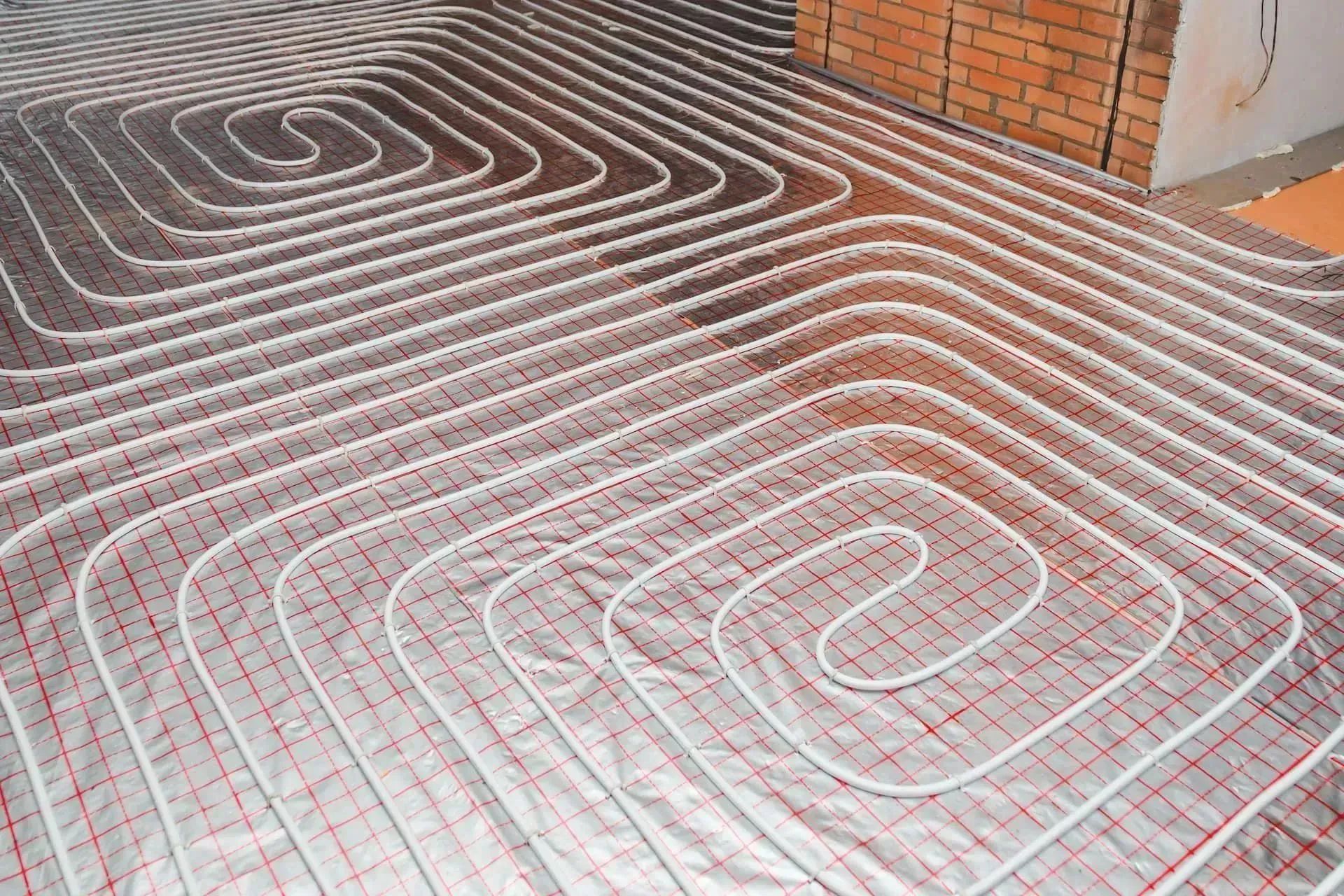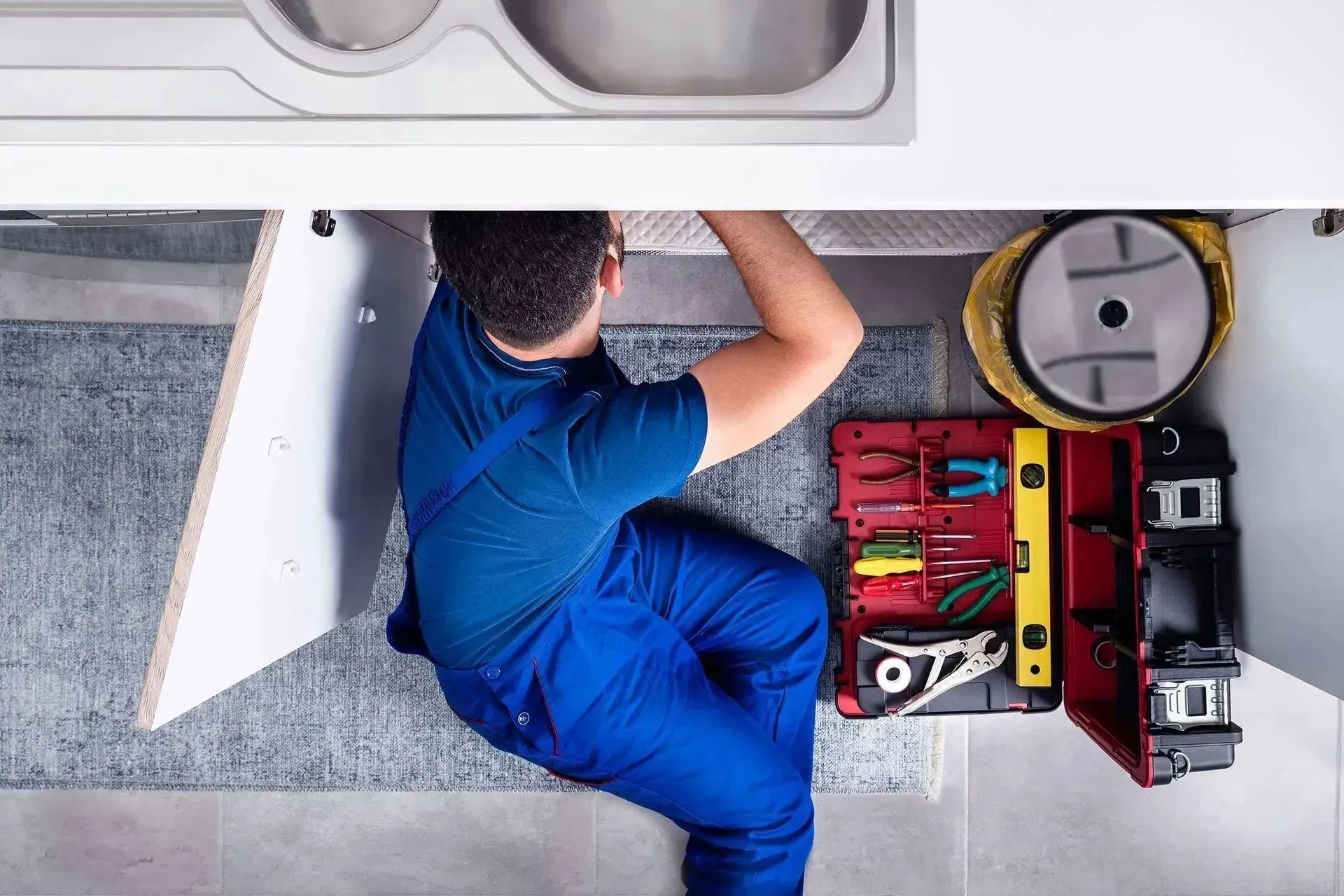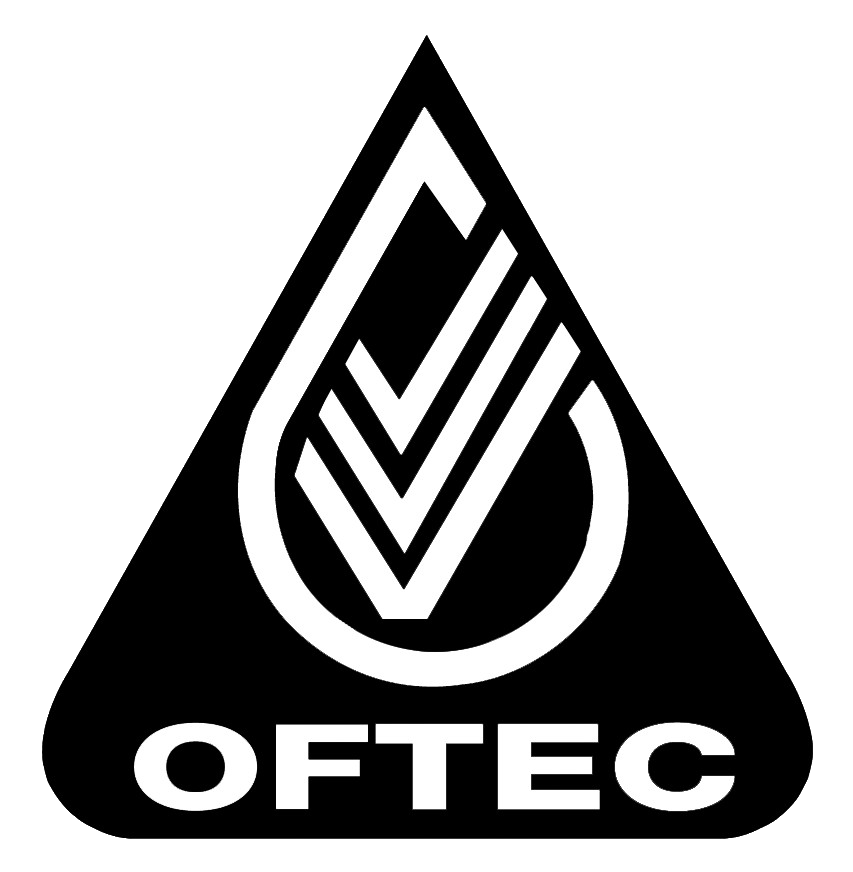A Comprehensive Guide to Asset Tagging
Different types of digital software can help different types of businesses in many ways, one such of these being asset tagging software. Asset tagging is not only great for keeping track of all your assets, but can actually save your business time and money in various ways.
In this article, we’ll go on to tell you all you need to know in regards to asset tagging, including what it is, its benefits and a step by step guide to completing asset tagging.
What is Asset Tagging?
Asset tagging refers to the identification of individual assets (which will each be affixed with a special tag or a label), so that their data can be gathered and accessed at any point in time. This applies both to fixed and moveable assets that may be spread out across multiple sites, thus enabling businesses to achieve a holistic view of all the assets they may own.
This is an important process for all industries that benefit from an intelligent maintenance management platform (IMMP), such as schools, hotels, factories and government buildings (to name a few). Before, companies would practise reactive maintenance when it comes to their assets, however thanks to IMMP systems such as asset tagging, many now practise preventative maintenance.
There is a wide range of data that can be tracked with asset tagging, including:
● Real time location
● Maintenance history
● Maintenance schedules
● Condition
● Users and usage
● Purchase history
● Depreciation value
The Benefits of Asset Tagging for Commercial Plumbing and Heating
There are a range of benefits to using asset tracking thanks to the amount of data that can be tracked when using it.
For example, asset tagging can help save time and resources when it comes to locating equipment, which is especially useful in a fast-paced working environment with many moveable assets that may be spread across multiple sites. Should a member of staff need to manually search for one of these assets, it could be an incredibly time consuming process, whilst asset tagging would allow this to be identified and found instantly.
By being able to track your assets at all times, you will also be able to eliminate the risk of loss and theft. Since your assets may be crucial either to generating revenue or for efficiently running your business, losing these or having them stolen can lose you money as a result - not to mention the cost you’d have to pay to replace them. In having constant visibility of your assets’ whereabouts, you can reduce these associated costs as well as the risk of workplace theft in the first place.
Usage, repair and maintenance actions are also easier to track, with the data being so reliable that it can then help to make more accurate and better-informed decisions as part of an integrated maintenance strategy - promoting timely preventative maintenance actions that can improve overall efficiency and save you from costly repairs.
Step-by-Step of Asset Tagging
1. Identify the Asset Type and Category
The first step that you need to take when organising and tagging your assets is to sort them by type and categorise them. If you already have a system in place for classifying your assets and have a well-organised inventory, then you’ll be able to carry out this step easily.
If not, there are multiple ways you could categorise your assets. For example, you may choose to sort them according to the department they are in, their role or their usage, depending on which is most convenient to you and your business.
Remember that not all of your assets will need to be tagged, either. Set a minimum asset value that justifies the time and money spent on labels that you’ll be investing in. From here, try to prioritise mobile assets that meet your minimum criteria and could be easily lost and/or are in high demand, since it is these that would likely impact you the most should they be lost, stolen or need repairing.
2. Assign a Unique ID Number
In order to differentiate between assets of the same type and category, each must have its own unique identification number. This will then allow them to be instantly recognisable in the asset tracking system, which can then help with maintenance, organisational and accounting purposes, among other things.
As tempting as it may be to assign each piece of equipment’s serial number as an ID, this follows an inconsistent format and varies from brand to brand, which can actually make the process harder rather than simplifying it. Instead, you can actually assign different meanings to certain pieces of code.
For example, 000 may be used to designate assets located on the ground floor, 001 for those on the first floor and 002 for those on the second; you may then decide to assign 011 to specify electrical equipment, 012 to HVAC units, 013 to computers, etc. So, if you had an asset with the ID code 001012004, then you’d instantly be able to recognise that it’s an HVAC unit on the first floor.
3. Choose the suitable tag or label
Once all of your assets have their ID numbers, they will then need to have a corresponding tag affixed with these ID numbers on them. However, not every type of tag is suitable for each type of asset. This is because the identification tags must remain legible throughout the lifespan of the asset, so it is important the most durable tag is used for each depending on what the asset is and the environment in which it is kept and used.
There are a number of asset tags to choose from, including:
● RFID tags (these codes are slightly more complex than simple barcodes, being linked to a radio signal that can be integrated with GPS technology)
● NFC tags (these work similar to RFID tags, but they only contain the ID and instead redirect to a website or are linked to a cloud-based software)
● Barcodes
● QR codes
● GPS trackers
● Manual tags
Each of these have their own benefits and drawbacks, so it is worth doing your research beforehand to determine which will be best.
4. Create an asset profile
You will need to create a detailed profile for each of the assets that you are tagging, which will require you to include all the necessary asset data for each.
This data will need to include:
● The serial number
● Details of the manufacturer/provider
● The date of purchase
● The location of the asset
● The department to which it belongs to
● Its condition
● Its value
● Typical usable life
By including all this essential information, it will then be easily accessible through the tagging system.
5. Apply asset tags
Once you have completed all these stages, then you can finally affix the asset tags to their corresponding assets.
There are two different ways this can be done; the first is to use adhesive tags (which is easy to apply and suitable for interiors, though less resistant to heat and humidity) and the second is a mechanical application, such as an engraved plate.
You can then set up internal processes to tag future equipment and keep track of who can alter information regarding your currently tagged assets. For example, you could determine who (if necessary) will make new tags in the future to avoid unauthorised changes, train your team to not move assets without registering them first and integrate the IDs across all of your organisation’s software.
Client Services at Caledonian Heating & Plumbing Ltd
Are you looking to carry out asset tagging at your establishment? Here at Caledonian Heating & Plumbing Ltd, we offer professional asset tagging to our customers in Edinburgh, Dundee and the surrounding areas, along with a range of other client services including commercial heating and plumbing installation and repairs.
Our industrial heating engineers and commercial plumbing contractors are expertly trained and qualified, so you can rest assured that we will meet all of your heating and plumbing needs reliably and efficiently.
If you’d like to learn more about how we can help with asset tagging for your business or have any queries regarding our other services, then don’t hesitate to contact us today.



















